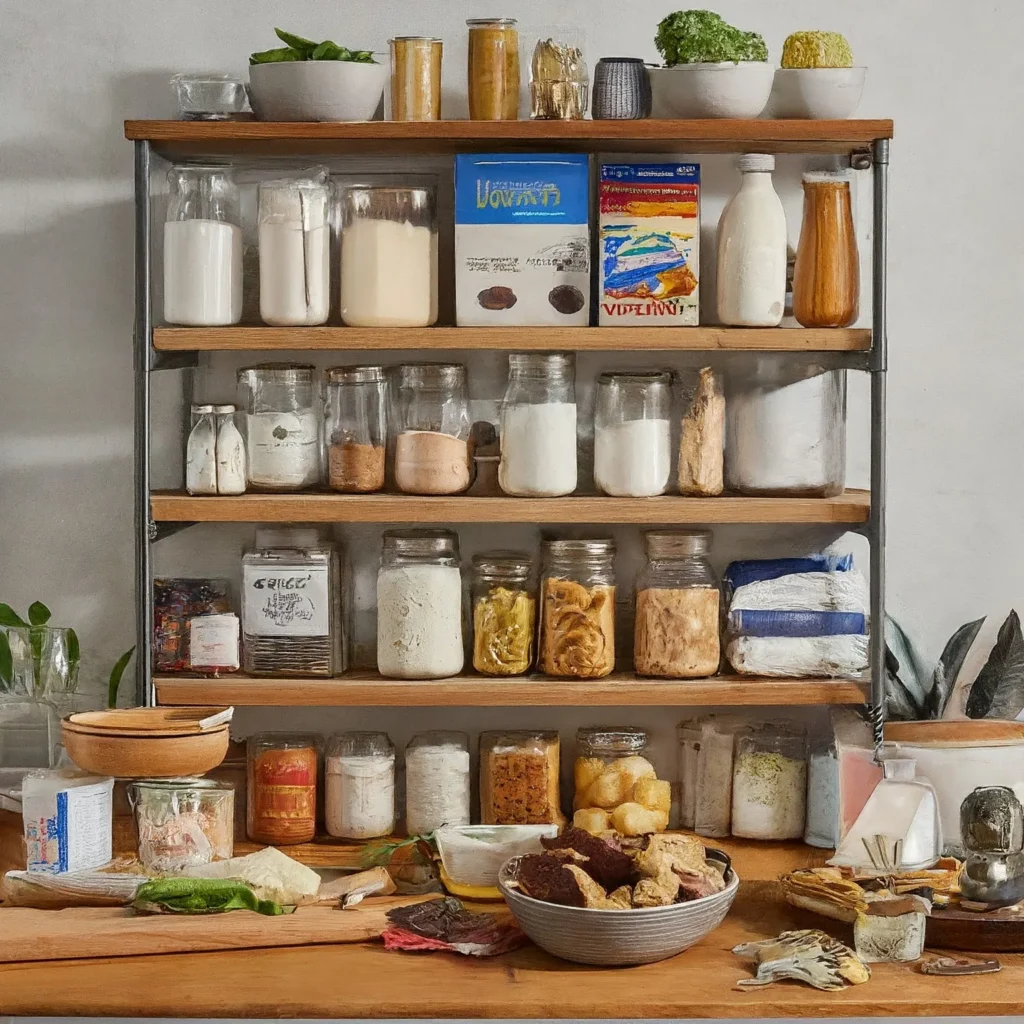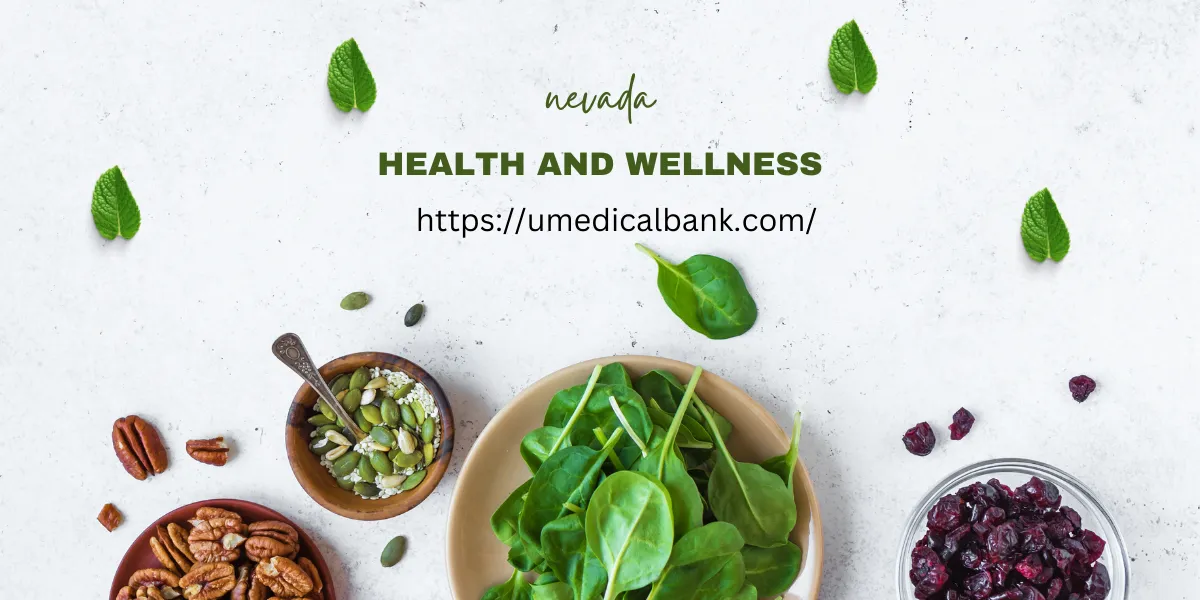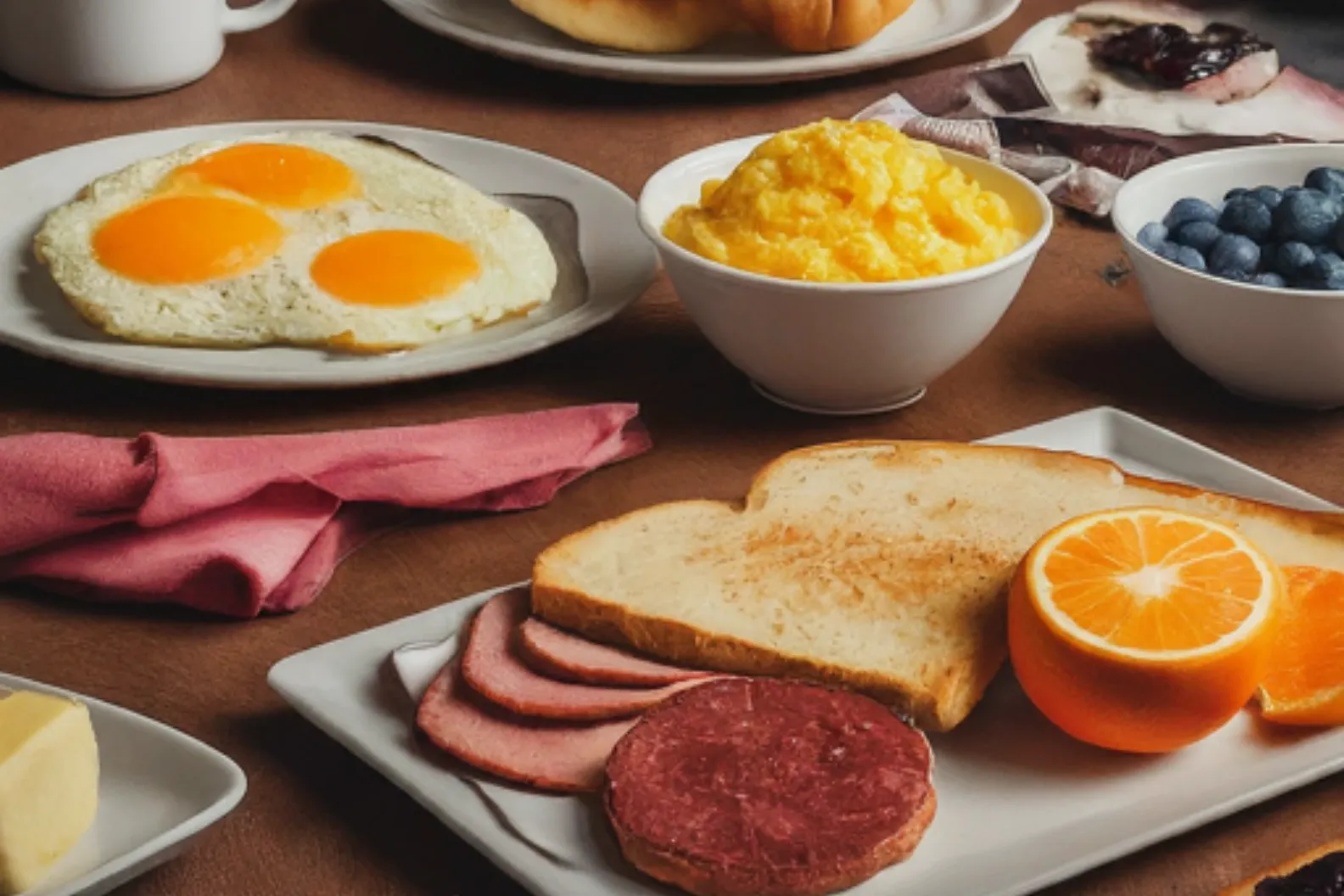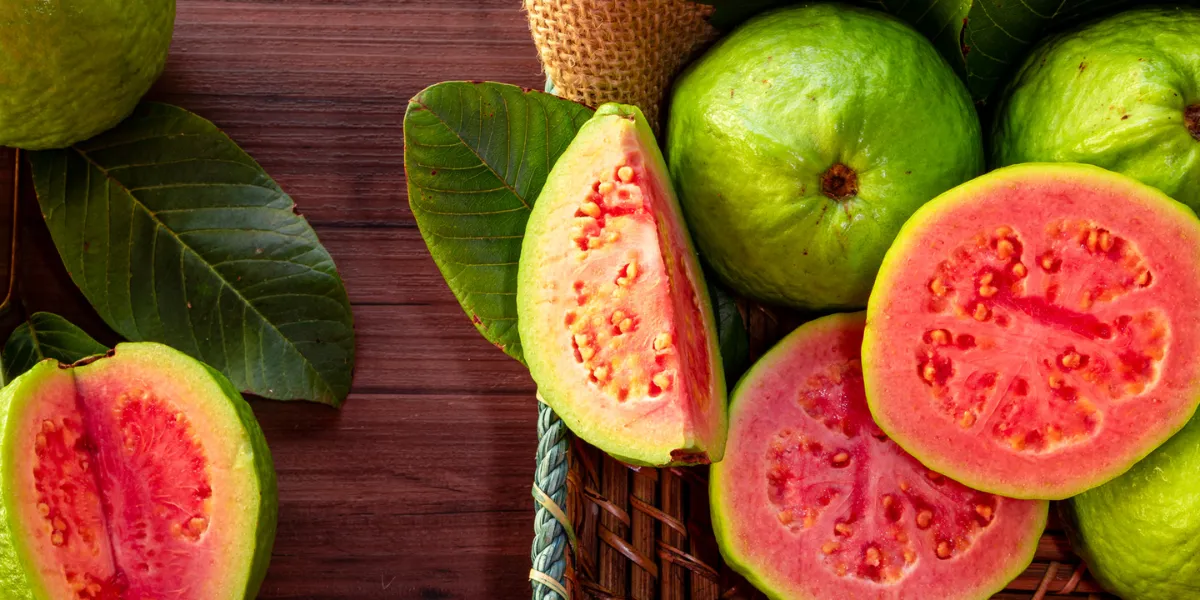A gluten and dairy-free diet has become increasingly popular in recent years, with individuals adopting it for various reasons, including managing medical conditions, improving gut health, or personal preferences. Whether you’re considering this dietary approach for health reasons or simply looking to explore new culinary options, understanding the basics is crucial. This comprehensive guide aims to equip you with the knowledge and resources to navigate a gluten and dairy-free lifestyle smoothly.
Table of Contents
ToggleUnderstanding Gluten and Dairy
What is Gluten?
Gluten is a protein found in grains like wheat, barley, and rye. It gives bread its doughy texture and helps baked goods hold their shape. However, some individuals struggle to digest gluten, leading to various health concerns, such as celiac disease, gluten sensitivity, or wheat allergies.
What is Dairy?
Dairy refers to all food products derived from the milk of mammals, primarily cows, sheep, and goats. This includes milk, cheese, yogurt, butter, and other products containing these ingredients. Lactose intolerance, a condition where individuals have difficulty digesting lactose, a sugar found in milk, can necessitate a dairy-free diet.
Embracing a Gluten and Dairy-Free Diet Lifestyle: Practical Steps
1. Consult a Healthcare Professional:
Before embarking on any significant dietary changes, consult a doctor or registered dietitian. They can assess your individual needs, identify any potential deficiencies, and guide you toward a personalized plan that aligns with your health goals.
2. Deciphering Food Labels:
Reading food labels becomes an essential skill when following a gluten and dairy-free diet. Carefully examine ingredient lists, looking for keywords like “wheat,” “barley,” “rye,” “milk,” “cheese,” or “butter.” Additionally, pay attention to “may contain” statements, indicating potential cross-contamination during processing.

3. Stocking Your Pantry:
Build a well-stocked pantry with gluten and dairy-free staples. Here’s a starting point:
- Grains: Rice, quinoa, corn, oats (certified gluten-free), millet, and sorghum
- Proteins: Meat, poultry, fish, beans, lentils, tofu, tempeh, and nuts
- Fruits and Vegetables: All varieties are naturally gluten and dairy-free
- Fats and Oils: Olive oil, avocado oil, coconut oil, and nut butter (check labels for dairy-free options)
- Dairy Alternatives: Plant-based milk (almond, coconut, soy, etc.), dairy-free cheeses, and yogurts
4. Embrace Culinary Creativity:
Many delicious and nutritious recipes cater to a gluten and dairy-free lifestyle. Explore cookbooks, online resources, and websites dedicated to these dietary restrictions for inspiration. Experiment with new ingredients and discover exciting ways to prepare your favorite dishes with gluten and dairy-free alternatives.
5. Dining Out:
Eating out can be challenging on a gluten and dairy-free diet. Research restaurants beforehand and inquire about their gluten-free and dairy-free options. Additionally, be upfront with your server about your dietary restrictions and ask questions to ensure your choices are safe.
6. Support and Resources:
Connect with online communities, support groups, or fellow individuals following a gluten and dairy-free diet. Sharing experiences, tips, and recipes can make the transition easier and provide valuable insights and encouragement.
Addressing Common Concerns:
1. Will I experience any side effects when transitioning to a gluten and dairy-free diet?
Some individuals experience temporary side effects like bloating, gas, or fatigue during the initial transition. These typically subside within a few weeks as your body adjusts to the dietary changes.
2. How can I ensure I get enough nutrients on a gluten and dairy-free diet?
A well-planned gluten and dairy-free diet can be rich in essential nutrients. Include various fruits, vegetables, whole grains (certified gluten-free), protein sources, and healthy fats in your diet. Consider consulting a registered dietitian to create a personalized plan that ensures you meet your nutritional needs.
3. What are some good sources of calcium on a dairy-free diet?
Calcium is crucial for bone health. Several dairy-free alternatives are rich in calcium, including fortified plant-based milk, leafy green vegetables, tofu, and fortified cereals.
4. Can I still enjoy baked goods on a gluten and dairy-free diet?
Absolutely! Many gluten and dairy-free baking mixes and recipes are readily available. You can also experiment with alternative flour like almond flour, coconut flour, or oat flour (certified gluten-free) to create delicious baked goods at home.
5. How can I avoid cross-contamination at home?
Avoiding cross-contamination at home is crucial, especially if you or someone in your household has food allergies or intolerances.

Additional Considerations
Traveling: Planning and research are key when traveling on a gluten and dairy-free diet. Pack snacks and familiarize yourself with restaurants and grocery stores in your destination that offer suitable options. Additionally, consider carrying a card in the local language explaining your dietary restrictions, especially if visiting countries where English isn’t widely spoken.
Social Events: Communicate your dietary needs to your host or friends attending a social event beforehand. Offer to bring a dish you can enjoy to ensure you have safe options. Remember, politely explaining your dietary restrictions is crucial for avoiding awkward situations and ensuring your needs are respected.
Emotional and Social Support: Embracing a new diet can sometimes present emotional challenges. Be patient with yourself, celebrate your progress, and don’t hesitate to seek support from friends, family, or online communities.
Conclusion
Transitioning to a gluten and dairy-free diet requires dedication and planning, but it can be a rewarding journey toward improved health and well-being. Remember, consult a healthcare professional before making significant dietary changes, and embrace the process of exploration and discovery. With knowledge, planning, and support, you can successfully navigate a gluten and dairy-free lifestyle and enjoy the vast array of delicious and nutritious food options available.














